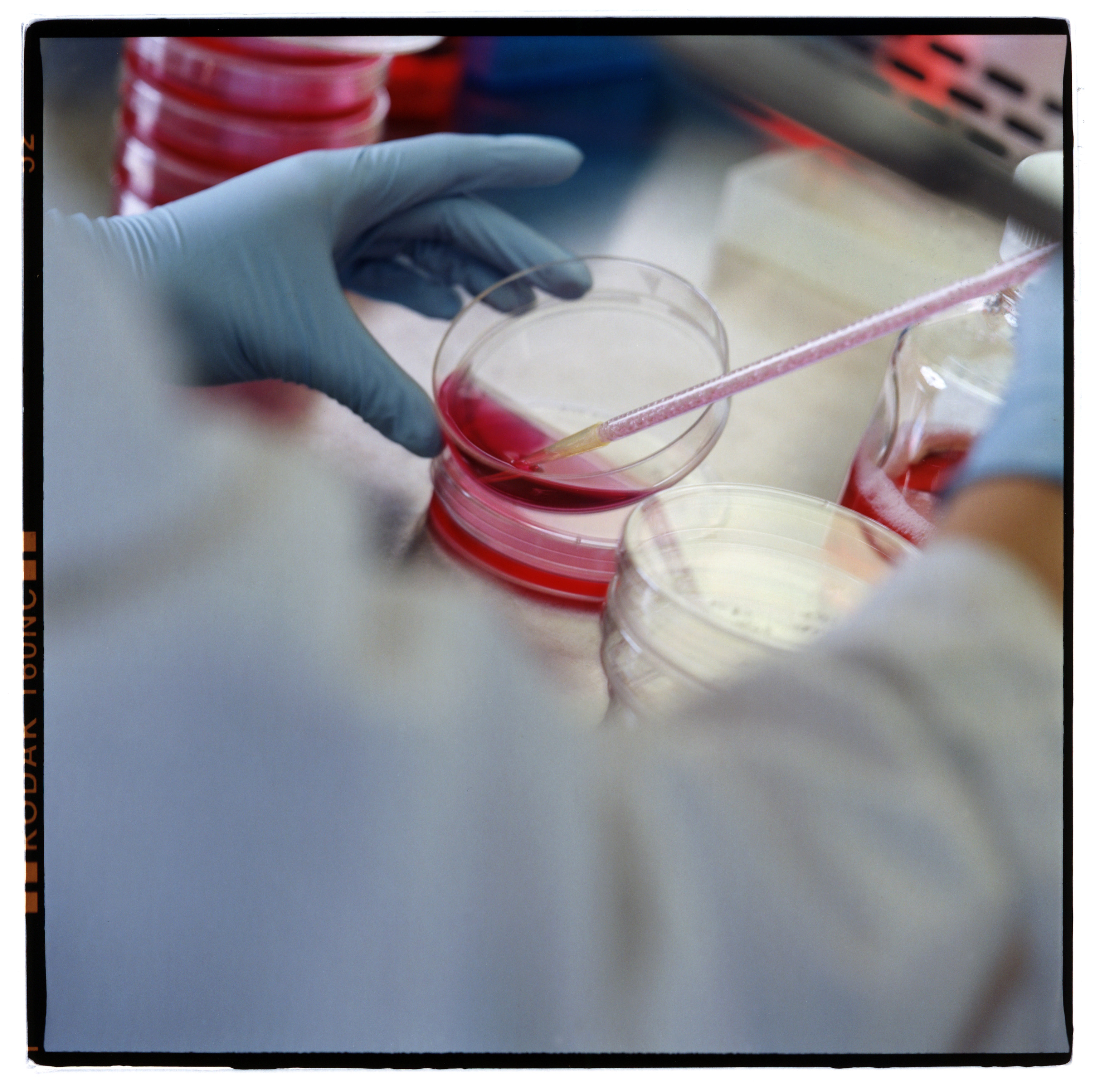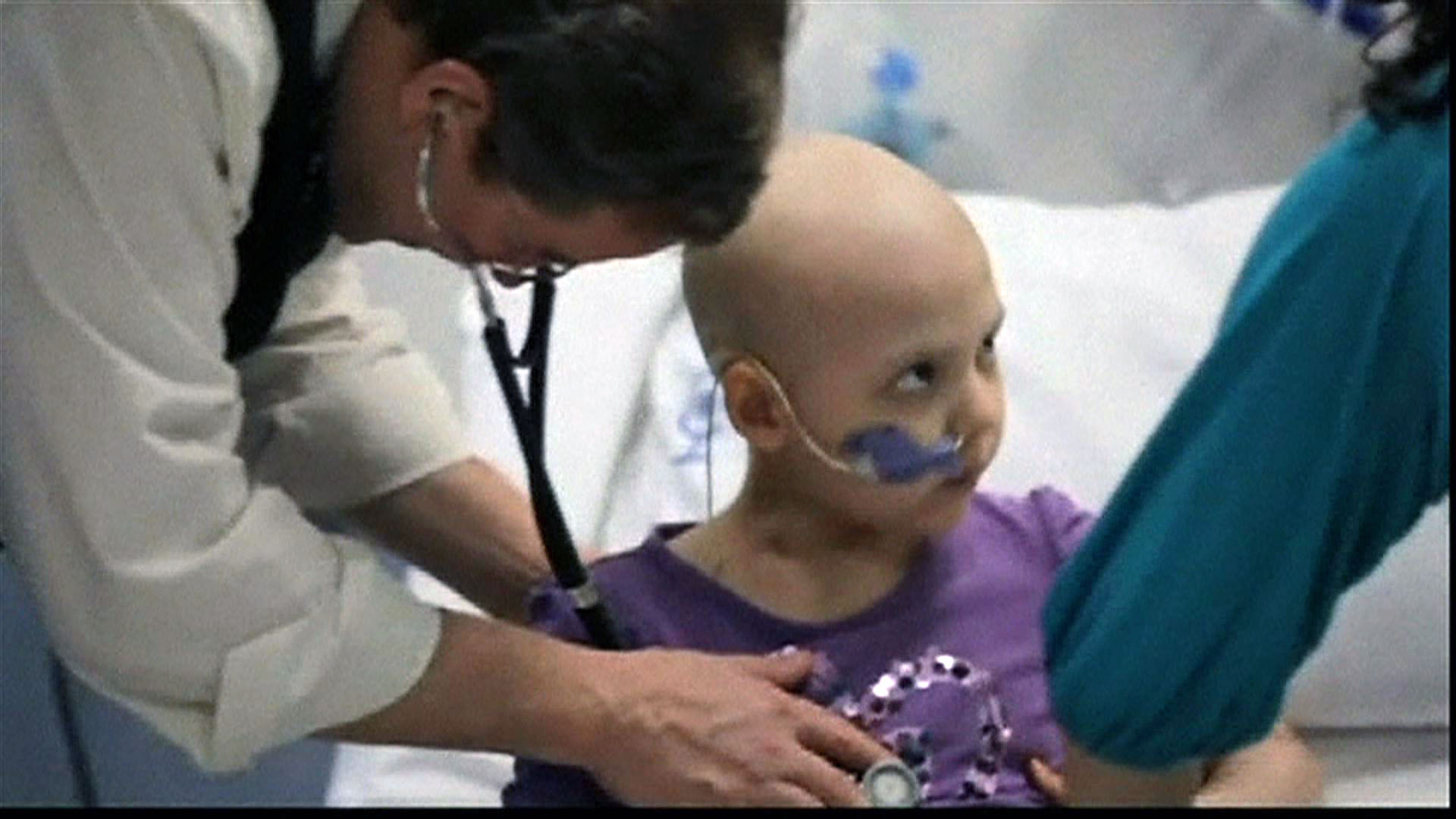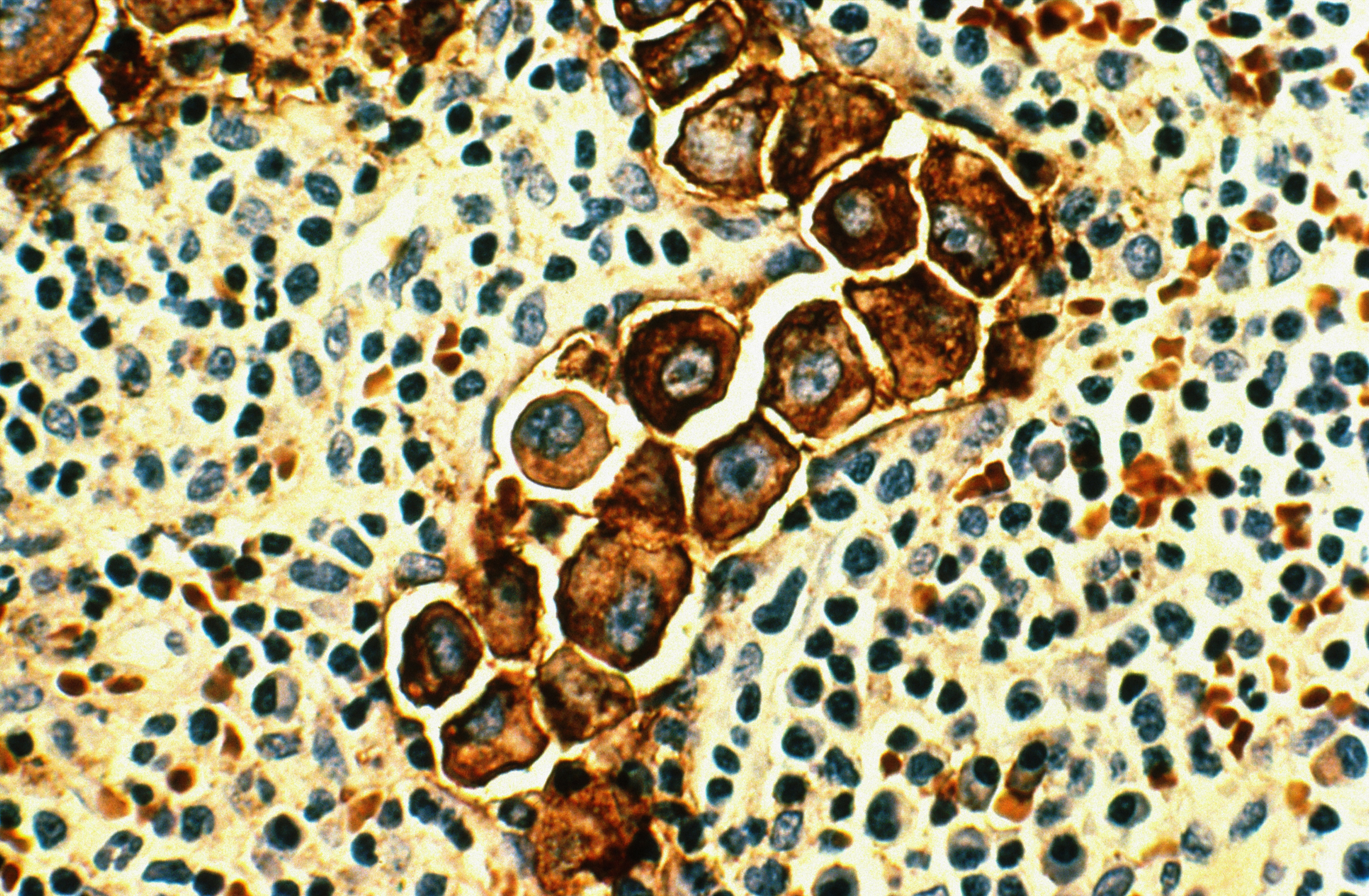Drug development’s road gets longer

Bringing a drug from discovery to the market is a costly process, which can take up to 30 years. But the process has become even more cumbersome lately, according to drug makers and research organisations – especially in Switzerland.
Health authorities have become more cautious and restrictive and require far more substantial documentation, says Stefan Frings, responsible for oncology at Roche’s partnering unit, which buys drug candidates for further development.
Decades ago, a therapy would, for example, be approved for any type of solid tumour, based on relatively limited data. Nowadays, medicines are only registered for the tumour type they were studied for, Frings explains. With this approach, regulators want to make sure that drugs are safe and effective to use – and an improvement over existing treatments.
Winning approval to sell a drug by Swissmedic or European or US regulators is only one of many hurdles to cross. Companies must also have price discussions with government agencies, which decide on reimbursement – in Switzerland, the Federal Office of Public Health. Governments are increasingly reluctant to pay for costly treatments.
“Even if we get approval, this does not mean that we have can immidiately provide the medicine to patients. Typically, in most countries, we then have to undergo a next review, which is the value dossier,” Frings adds.
For the Swiss government for example a drug is cost-efficient if it achieves the indicated medical effects at the lowest costs possible. The cost effectiveness is evaluated based on comparisons with other therapies and the pricing and benefit assessments in other countries, according to health office spokesman Daniel Dauwalder.
Only one in 5,000 drug candidates makes it to the market. Out of between 5,000 to 10,000 candidates for a new drug, only about 250 will show sufficient promise to be further evaluated in laboratory and animal tests. About 10 of these will qualify for tests on humans.
According to the Boston-based Tufts Center for the Study of Drug Development, just one in five drugs that start the clinical testing process will eventually be approved for marketing.
Drawn-out process
All of this adds up to an already long and drawn-out process.
The main hurdle in developing a drug from “bench to bedside” (from the laboratory to treatment) is that the chance for a new candidate to make it onto the shelves is about one in 5,000. That’s an estimate from the Tufts Center for the Study of Drug Development. And, drug development costs between $500 and $2 billion (CHF1.9 billion), according to a health-economic study published in 2006.
The first step in the discovery of cancer treatments is studying how cancer cells invade the human body. The better you understand the disease biology, the better you can identify the patients that may benefit and the faster you can develop a therapy, says Frings. Some molecules already show promise in early stages of development.
“With Zelboraf, we knew already in phase one that we had a drug, so in this unique case it took only five years to get the drug approved in the US.” Zelboraf is on the market in the US and Europe to treat skin cancer in patients who have a certain genetic mutation.
This is a lucky – and not a very typical – case. Drug development may take between five and 30 years, about 10 years on average, Frings says. Roche’s breast cancer drug Perjeta was approved in Europe earlier this year, a quarter of a century after the basic science behind it was discovered in 1980s.

More
Reprogramming the immune system
Long haul
“You have to survive for 10 or 20 years, and if you are not capable of sustaining prolonged research and development, you’re sooner or later out of business,” the Roche specialist adds.
Many successful cancer drugs on the market today are the result of research into the underlying disease mechanisms conducted by researchers at universities and research institutes years earlier. These so-called basic research projects are usually funded by private foundations like Cancer Research Switzerland or by the Swiss National Science Foundation.
The science foundation is Switzerland’s most important institution for the promotion of basic scientific research, with annual funding of CHF700 million. Between 2008 and 2012, it awarded more than CHF100 million to projects related to cancer and cancer funding, and the amount is set to increase, says spokesman Ori Schipper.
Switzerland spends about 2.3 per cent of its GDP on research and development, ranking 11th worldwide. Companies in the pharmaceutical, chemical, and engineering industries contribute about three-quarters, with the remainder coming from the public sector.
Basic research
The science foundation, for example, invests in projects which offer insights into biological mechanisms of cancer cells – findings which may not necessarily be applicable in the next 20 years, says Sabine Werner, a cell biologist at the Federal Institute of Technology in Zurich and an adviser on the foundation’s research council.
Basic scientific findings are often not applied until much later in the drug development process, when it becomes clearer which role they play in the disease. Some discoveries from the 1990s are still contributing to new drug development today, Frings says.
“We wouldn’t be where we are today if 20 years ago we had not conducted research on certain genetic mutations, which we today know play a role in breast cancer,” Werner explains. Werner refers to Roche’s Herceptin, the world’s third-best selling drug. It is used to treat breast cancer in women where the HER2 receptor proteins are amplified.
Many argue that the best way to speed up the bench-to-bedside process is to bring together scientists and practitioners under one roof. The AGORA cancer centre, which is set to open its doors in 2016 in Lausanne, plans to just that. It’s a project initiated by the Federal Institute of Technology in Lausanne, cancer research centre ISREC, and oncologists from the University Hospital.
More hurdles
A successful discovery is only a first step. Smaller biotechnology companies later screen for potential candidates, then design and test these molecules. Then, the candidates still in the race are sold off to larger drug makers like Roche and Novartis.
Drug developers test these new chemicals in the laboratory and finally in humans, first assessing their safety, then their efficacy. In a third and final stage before regulatory approval, the candidates have to be compared with the most commonly used existing therapy. These final tests are designed to convince the authorities to approve the drug for marketing.
Such regulatory requirements are not only hurdles drug developers must overcome to get a product on the market. Research organisations, which conduct clinical trials to identify the best treatments, are also fighting a constant battle. According to the Swiss Group for Clinical Cancer Research, the number of drug trials approved by Swissmedic dropped 40 per cent between 2005 and 2011.
“The reason for this decline is over-regulation, which makes Switzerland unattractive as a location, because it makes the processes expensive and slow,” says Beat Thürlimann, president of the cancer research group. “Conducting a trial today is more complicated, it takes longer and costs a lot more.”
According to Swissmedic spokesman Daniel Lüthi the principles of how Swissmedic is applying the Swiss medicines laws have remained the same. Lüthi concedes however, that the state of scientific and technical knowledge and ensuing regulatory requirements – for example for clinical trials and their assessments – have “enormously evolved” over the past 20 years.
Still, for an oncologist like Thürlimann, finding better therapies to treat cancer is more urgent than ever. There are 40,000 newly diagnosed cases per year in Switzerland, responsible for the death of about 16,000 people, according to the Swiss Cancer League.

In compliance with the JTI standards
More: SWI swissinfo.ch certified by the Journalism Trust Initiative










You can find an overview of ongoing debates with our journalists here . Please join us!
If you want to start a conversation about a topic raised in this article or want to report factual errors, email us at english@swissinfo.ch.